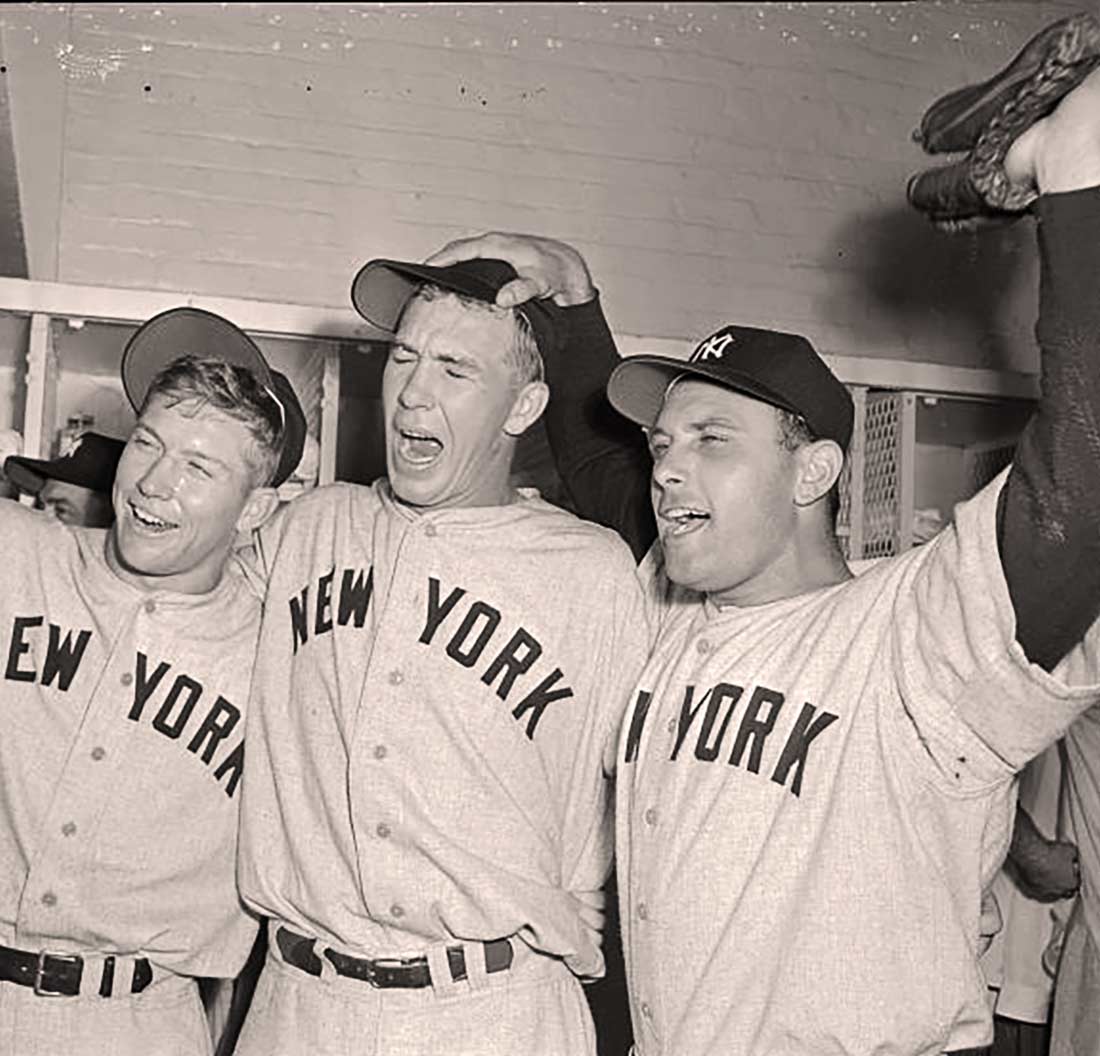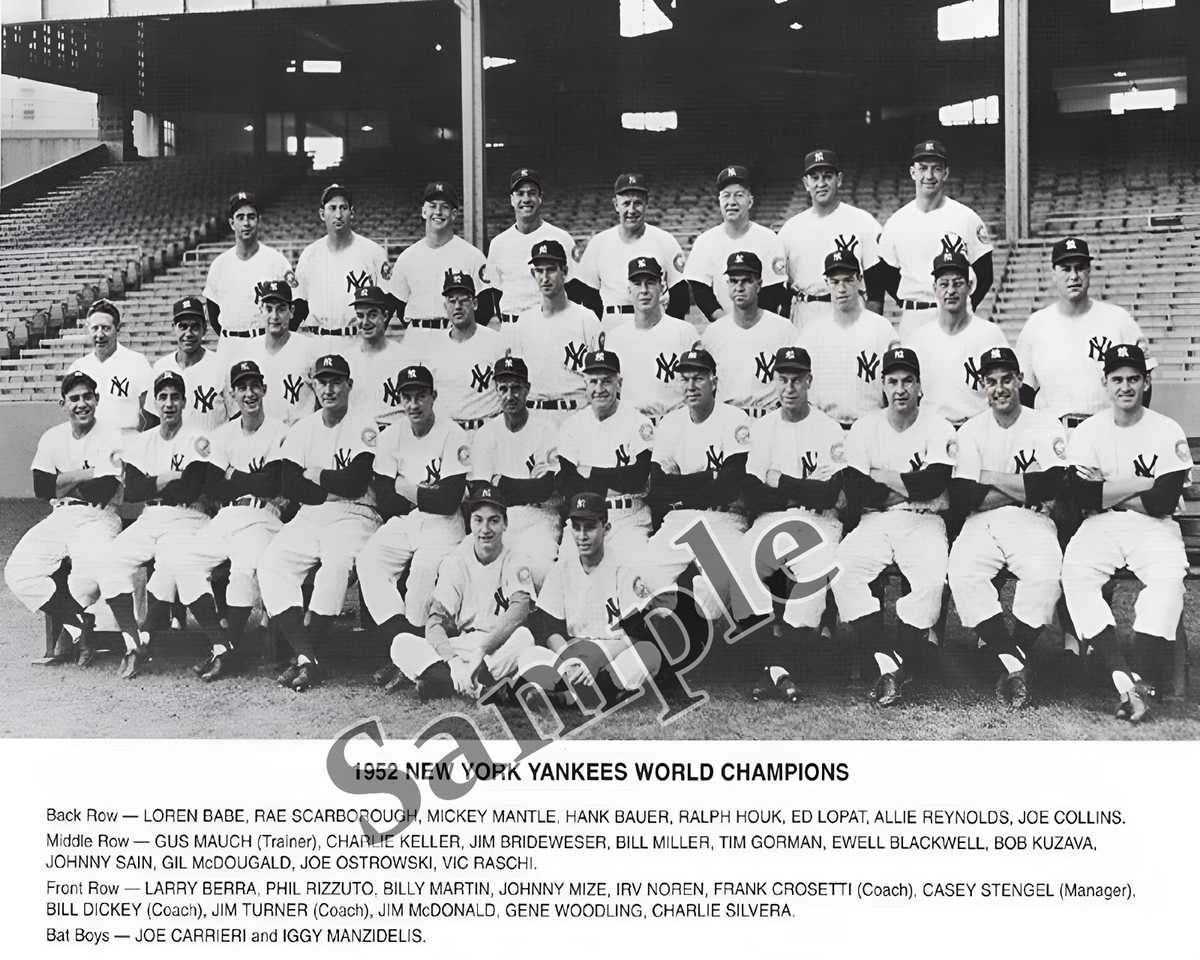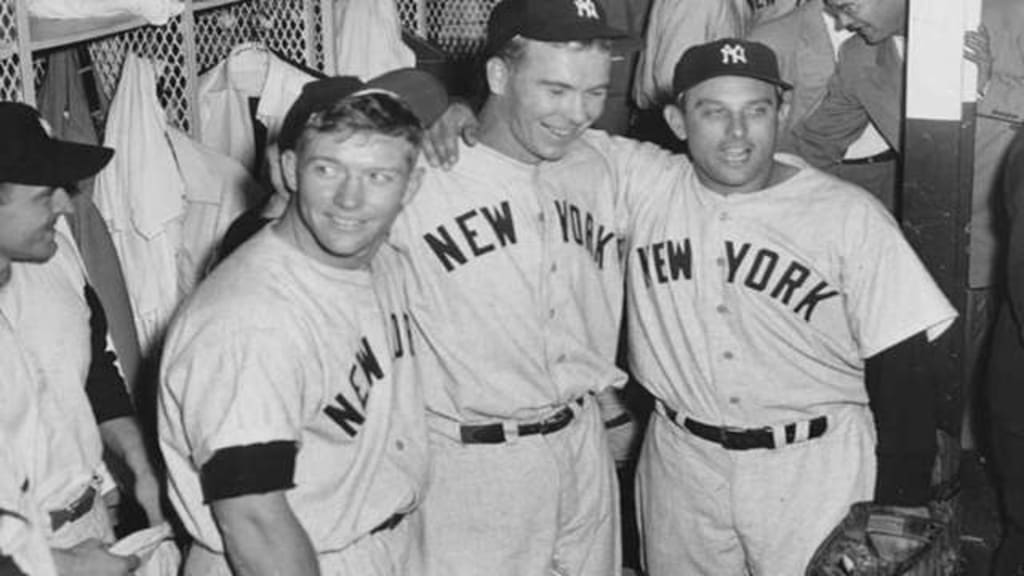Alright, let me tell you about this little project I tackled – diving into the 1952 New York Yankees. It was a fun trip down memory lane, and I learned a bunch along the way.

So, where did I even begin? Well, I’m a sucker for old baseball. Always have been. I was just scrolling through some baseball history stuff online and bam! The ’52 Yankees just popped out. Figured, why not try to dig in and see what I could find? I mean, they were stacked, right? Time to get my hands dirty.
First things first, I hit up the usual spots: Baseball-Reference, Retrosheet, you know, the places with all the raw data. I really wanted to get a feel for the team’s stats, see who the big hitters were, who was dealing on the mound. I basically just started downloading all the season stats I could find. Box scores, batting averages, ERAs – the whole shebang. It was a bit overwhelming at first, I won’t lie.
Next, I wanted to figure out who the key players were. Yogi Berra, Mickey Mantle, obviously. But who else? I started cross-referencing stats with player profiles. Trying to figure out who was having a career year, who was a clutch performer, that sort of thing. I built a little spreadsheet and started dumping all this info into it. It got pretty messy, pretty quick. But hey, gotta start somewhere.
Then I started to dig a little deeper. I wanted to know more about the stories around the team. What was the clubhouse atmosphere like? What were the big controversies or triumphs of the season? For this, I had to turn to books, old newspaper articles, and even some old documentaries I found on YouTube. That’s where things got really interesting, because you start to see the personalities behind the stats.
Now, this is where the real fun started. I decided I wanted to visualize some of this data. I grabbed some basic charting libraries and started messing around. At first, it was just simple stuff: comparing batting averages, looking at pitching performances over time. But then I got a little more ambitious. I tried to map out where different players hit the ball on the field (pull, center, opposite field). I even tried to create a little simulation of a game based on the team’s tendencies. It was a total kludge, but I learned a ton about data manipulation and visualization.

Of course, I hit some snags along the way. Cleaning the data was a pain. Old baseball stats aren’t always consistent or complete. I had to do a lot of manual cleanup and make some educated guesses about missing values. And my initial attempts at visualization were pretty ugly. I had to spend a lot of time tweaking colors, labels, and chart types to make things look presentable.
But in the end, it was worth it. I ended up with a pretty decent dashboard that let me explore the ’52 Yankees from all sorts of angles. I could see how their offense compared to the rest of the league, who their best pitchers were in different situations, and even get a sense of how lucky (or unlucky) they were that season.
So, what did I take away from all this? First, baseball history is awesome. Second, even seemingly simple data can tell some pretty compelling stories if you dig deep enough. And third, data visualization is a skill worth developing. It’s not just about making pretty charts; it’s about communicating insights and making data accessible to a wider audience.
Anyway, here are some of the highlights I remember discovering:
- Yogi Berra was an absolute beast that year, hitting .272 with 30 home runs and playing Gold Glove defense behind the plate.
- Mickey Mantle was still young but was already showing flashes of brilliance.
- The pitching staff was deep and reliable, with guys like Allie Reynolds, Vic Raschi, and Eddie Lopat leading the way.
In a nutshell

It was a great dive into the past and a solid reminder that even old stats can still be exciting!
